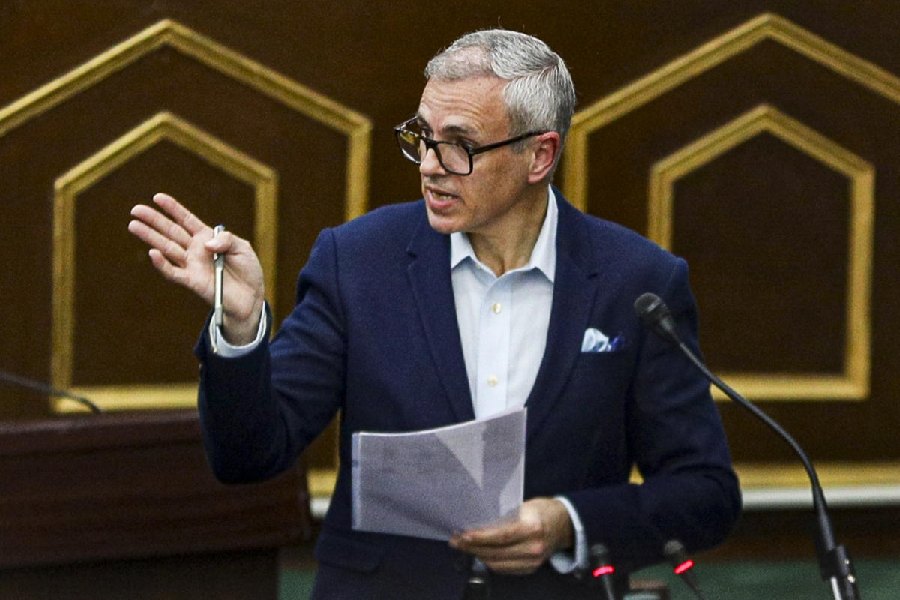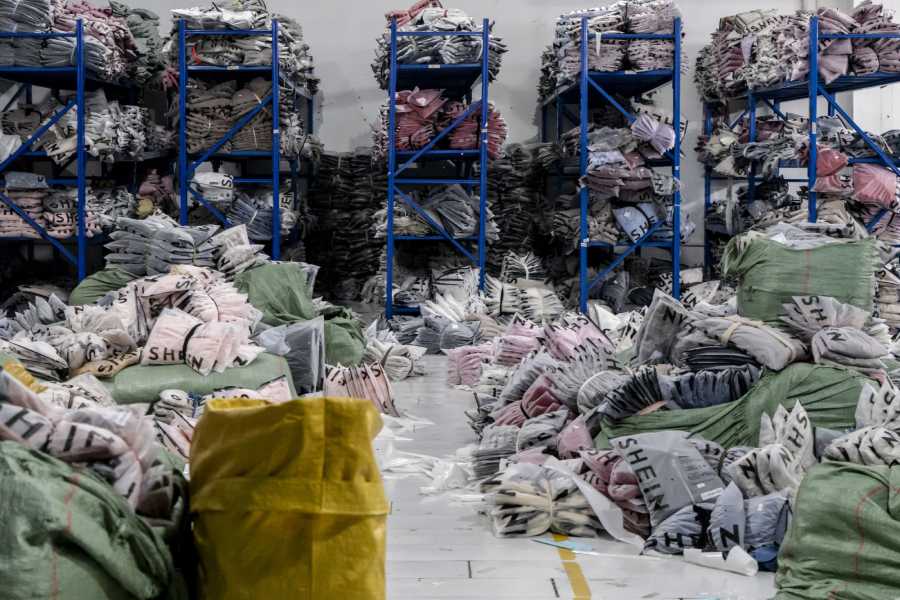 |
A young man with carrot-tinted hair perched on a ladder scrapes off the posters on the walls of the Datta family house in Pathuria Ghat Street. Apart from the electric bulbs cascading in thousands down the walls of buildings, the cleaning-up process is also part of the community puja décor. The street, almost straight as an arrow, begins opposite Lohia Hospital, where it meets Rabindra Sarani, near Ganesh Talkies. It intersects Jadulal Mallik Road further down, and terminates at its crossing with Maharshi Debendra Road, an area with the very politically-incorrect name of Khottapara. It branches off into several lanes and roads as it progresses past stately homes and enters a markedly working-class neighbourhood after it crosses Jadulal Mallik Road.
The idea of north Calcutta being frozen in time, of its serpentine alleys being pickled in history has become as much of a cliché as the view that Calcutta is a city with a heart, never mind that nothing works here. Like most clichés they are sweeping generalisations that don’t take into account the fact that truth is multi-faceted and far too complex to be monolithic.
North Calcutta has witnessed much change after Independence, even if the change has been imperceptible. And people like Sushil Kumar Singha, 73, and his coevals who spend the evening at a dingy shop would be the first ones to acknowledge it. A slum was cleared to construct Binani Bhaban, a dharamshala. Since 1956, more and more Marwaris have settled down in this once-predominantly-Bengali para.
But the casual visitor will only notice the cliché. At the Rabindra Sarani end of the street, Sital Das still carves the moulds for sandesh. Inside the street, there are about three establishments that specialise in polishing and soldering brass utensils for the puja and the weapons that Durga carries.
But the Datta residence, which must have been quite opulent at one time, closely resembles a garbage heap now. An even more striking example of decline is Gopal Jiu temple also known as Rashbehari Kutir standing cheek by jowl with it. Painted lilac, it is tiny and operatic. But it is squalid inside. It serves as a godown. On the walls of the miniscule courtyard are emblazoned the images of Krishna depicted on gleaming tiles.
The master of the house is far too old to come down. So his son, Shibaji Rakshit, 56, obliges. He belongs to the distaff side of the family. Shibaji says his ancestor, Rashbehari, was a hardware importer, and the house is debuttar property.
Next I visit three households where Durga has been worshipped for a century and more. All three used to be the seat of Indian classical music. But the music fell silent years ago. A dark passage leads to the large courtyard of Hara Kutir. A wheelbarrow filled with rubble stands next to a clump of trees in the middle. The house is being given its annual coat of whitewash. Its thakurdalan is quite plain.
A maid leads me to the first floor. The staircase holds a surprise. Written on the marble are words like ‘Welcome’, ‘Good morning’ and in Bengali: ‘Asun’ (Come in), ‘Kabe asiben’ (When will you come again) and ‘Bouma’ (daughter-in-law).
Suriti Bandopadhyay is clearly not prepared to receive anybody but she graciously asks me to take a seat. She explains that she belongs to the distaff side of the family of the great dhrupadiya Haraprasad Bandopadhyay, who was her great great grandfather. She consults the family tree and admits that she knows little about her past. A little boy rushes into the room, cricket bat in hand. She asks him in a “convent-educated” accent to behave himself. She teaches in college and her son goes to one of the best-known schools in the city.
Next to this small room is the hall where musical soirees are still held. Visible through its entrance is a procession of doors momentarily creating the illusion of an image seen in a mirror. She points out the Durga being made by an artisan from Shantipur in the thakurdalan below. The same man creates the Durga image of the famous musical family of the Ghoshes a few yards way.
So I enter the salmon pink house of Khelat Ghosh. This building and Bangur Bhaban (a dharamshala) opposite it are so huge they could easily overwhelm all of Pathuria Ghat Street. The modern light fixture above the portal looks as bizarre as Queen Victoria would in a T-shirt. Ramlochan Ghosh was the paterfamilias of this house and that of the neighbouring building. Ramlochan was baniyan to Warren Hastings and Khelat was his descendant.
Pradip Kumar Ghosh, whom I met, is Khelat’s great great grandson. Manmatha Ghosh, who began the All Bengal Music Conference in 1934, lived in the neighbouring house. In Manmatha’s house, famous for its portrait gallery of musicians, one hears the buzz of ACs instead of the strains of the sitar.
Jadulal Mallik used to be commissioner of Calcutta Corporation, but, a feisty character, he never let the British live in peace and vice versa.
His descendant Rajat Mallik was speaking to me in the courtyard dimly lit by a hideous bulb burning incongruously in a crystal shade. He switched on a light and instantly an array of graceful cast iron arches surrounding the courtyard sprang out of the dark. I knew why the cliché prevails.










